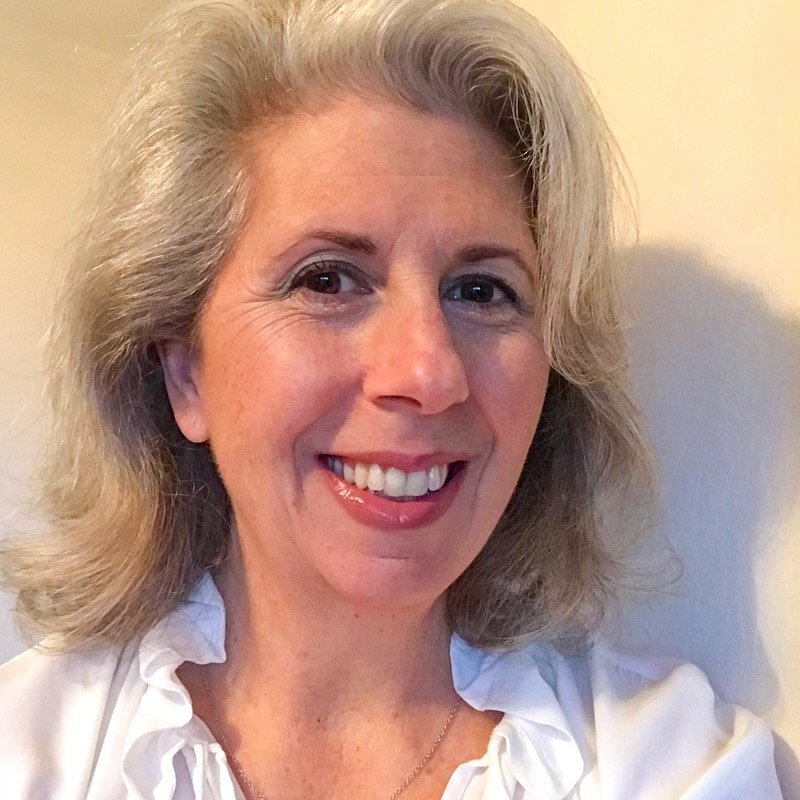Teaching Our Children Media Literacy
By Sophia Markoulakis
As the daughter of two academic librarians, I spent the better part of my childhood surrounded by books at home and at school. My mom’s library career started at my elementary school and later at my high school library, where I could escape the typical pressures of teen life. My father’s library at the community college was where I began to think about a career in journalism, spending hours searching his prized shelves for my next great read.
Yes, those were the days of card catalogs, microfilm and slide shows. Today’s students would be dumbfounded by this linear approach to information consumption. Though the proliferation of platforms has forever changed the media landscape for our children, we shouldn’t feel overwhelmed. We can help our students navigate their relationship with information by providing the tools to identify good and bad actors and how to disseminate information. Educating students about media literacy is simply educating them on how they interact with information. We ask students to build bridges between information, and those are the same critical thinking skills that should be applied when finding, consuming and sharing content.
Understandably, we worry about opaque content and dubious sources when our students are tasked with research. But until we accept that all content, including memes, TikTok and YouTube, has the potential to harm or sway, we’ll always be a step behind. In thinking about how to talk to children about interacting with online information, I turned to librarian Jennifer Lagarde. She has co-authored two books with Darren Hudgins about deciphering fact from fiction in the media. I love how she empowers students to be “digital detectives” and encourages specific strategies. Try asking your child:
How did you feel after seeing or reading this content? What is the purpose of making you feel this way? How might this content make someone else feel?
Do you think what you read or saw is meant for a specific group of people? Why?
Do you think what you read or saw is credible and should be believed? Is the source reliable, unbiased? When was the information published?
What do you think motivated the author to publish this information? Is it for monetary gain, notoriety or to change the person’s perceptions about a subject matter?
This summer my family and close friends will be referring to me as “yiayiá”, which is Greek for grandmother. I can’t even begin to imagine what the media landscape will look like by the time my future grandson is in elementary school. However, I’m confident that, as a tribe, we will be able to create a learning environment for my grandson that values questioning instead of simply finding the right answers. Information is not binary and, yes, it can be a minefield at times. But we can provide our children with the tools to decide which content is credible and the authority to decide if the content is worth sharing.
Be sure to check out Sophia’s summer camp Journal Journalists!
Sophia is a veteran journalist who has worked for Sunset Publishing and the San Francisco Chronicle. She looks forward to two upcoming milestones: becoming a grandmother and publishing in the New York Times.


